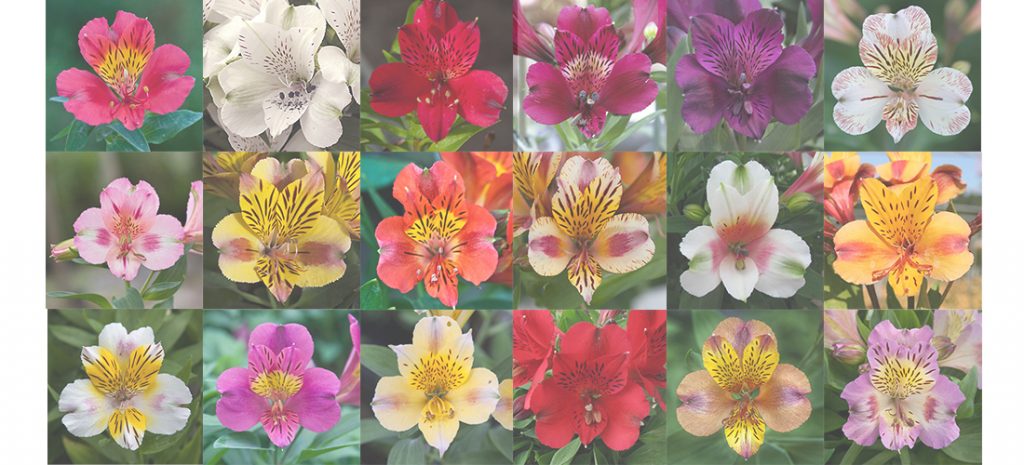
On arrival, remove the plants carefully from the packaging.
Water the plants well, either from above or by standing them in water, but do NOT leave them in water for more than hour or two.
Potting up
Planting in ground
Planting in container
Aftercare
- Mix fertiliser evenly into good, fresh multipurpose compost. Put some of this mix into the bottom of the new pot and place the well watered plant onto it. Put more compost around it. The compost should finish level with the top of the rootball, 1-2cm below the rim of the new pot (to allow for watering space).
- Water fairly lightly from a watering can with a rose
- Place in a warm, sunny position to grow on for 6-8 weeks in spring/summer, or over winter, until the roots have reached the bottom of the pot. Water lightly but frequently. The compost should dry out on the surface between watering. Then plant out as below.
- Mix fertiliser and organic matter into the soil around where you want to plant: bonemeal or blood fish and bone are good choices.
- Make a planting hole in this soil mixture, the right depth so that the top of the plant’s rootball is level with the top of the soil.
- If the soil is dry, fill the empty hole with water and leave it to drain. Place the plant in the hole, filling around it with the soil and organic matter mixture. Add the plant and firm with your hands or a lightly applied foot.
- Bare rooted plants – make sure you get some soil/compost mixture between the roots. Plant so the upper roots are just covered.
- Water well, even if rain is forecast – this helps settle the soil.
- Add a layer of mulch if you like, to help keep the roots moist. Don’t let the mulch pile up against the plant’s stem though.
- Water occasionally and thoroughly for a month or three, until the roots get established. Occasional deep watering is better than a frequent sprinkle.
- Put some broken pot/tile/gravel loosely over the pot’s hole(s). Add good quality, fresh compost, mixing in some slow release fertiliser.
- Place the well watered plant onto the compost. Put more compost around it. The compost should finish level with the top of the rootball, 2-4cm below the rim of the new container (to allow for watering space).
- Firm gently – you want the plant to be fairly secure but the compost should still be light and airy, not compressed much. Water lightly.
- Water the plants whenever the compost is getting a little dry. If the very top of the compost is dry that’s healthy, but you need the compost to be moist around the roots.
- All of our alstroemeria plants are garden winter hardy; however mulch well in the first couple of winters to ensure that the plant is well established and can get through the winter on its own.
- Free-draining soil is essential.
- Deadhead by pulling the flowering stem, ripping it from the ground – the damage this causes encourages the plant to re-flower.

